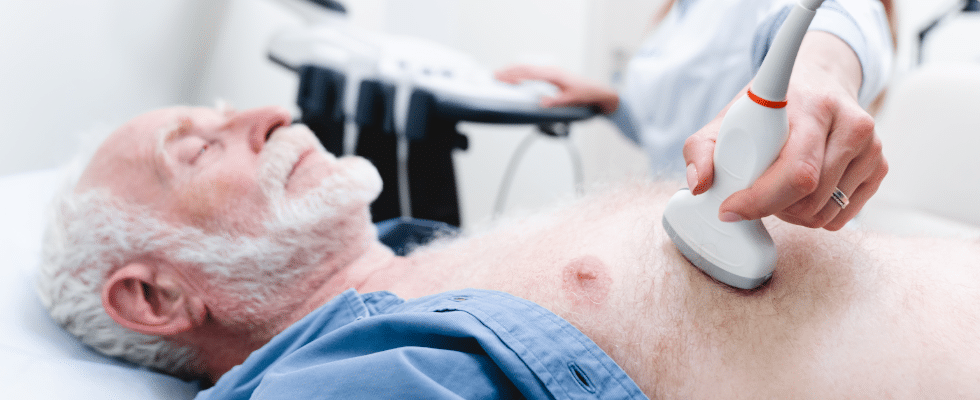
Once a medical provider has been trained on Point of Care Ultrasound, the insight they can provide to their patients extends to multiple fields. From field trauma to pediatrics to emergency care, POCUS is a quick way to evaluate the care and procedures your patients might need while also allowing for continued evaluation depending on the issues at hand. The applications for POCUS are numerous and Maverick Medical Education is providing continued education for how POCUS is beneficial for you to become proficient at. One of these new applications is in performing eFast exams.
What is eFast
The term eFast stands for Extended Focused Assessment with Sonography in Trauma and is specifically created to detect peritoneal and pericardial fluid, pneumothorax, and hemothorax. By looking for the presence of fluid in the pericardial space, the perihepatic space, the perisplenic space, and in the pelvic area, medical providers can quickly evaluate what treatment their patient(s) may need. This method can be used for evaluation of injury, to identify some ruptures, including that of ectopic pregnancy, unexplained hypotension, and to seek explanation for shock. There are no significant complications that exist with this method of evaluation making it ideal for repeated use. eFast can also provide direction for additional testing to provide a better diagnosis for the patient.
How to Complete Exam
The patient should be supine, and the medical provider can be on either side of the patient, arranged close to the patient’s abdomen. From there, the pericardial space is the first priority during this exam because, as stated by Merck Manual, “pericardial fluid after trauma can be immediately life-threatening and supersede treatment of other injuries.” There are a number of steps to follow to evaluate each of the spaces and slight adjustments that can be made with probe direction, depth, and views. Every provider will want to familiarize themselves with every step, which should be performed in order, and the specific anatomy that needs to be measured and observed.
Considerations
Applying eFast via ultrasound is a quick and noninvasive way of evaluating care and needs for patients and because it minimizes exposure to radiation, this method can be repeated regularly in order to measure the progress of a concern. This evaluation should be, according to Merck Manual, completed in 5 minutes as it is supposed to be a quick addition to other methods used in treating a patient. All regular hygienic practices should be followed, but ultrasound is faster and more efficient to clean between patients and can be used quicker than other imaging technology since it can happen in the trauma room. As always, medical providers should be aware of anatomical variants and be prepared to ask questions when possible, to make the best diagnosis.
To learn more about how to use eFast and to learn POCUS to assist your patients and medical profession, see our course schedule and sign up for your continued education with Maverick Medical Education. Through learning this valuable skill, you will be better able to serve your patients and community wherever you practice.

